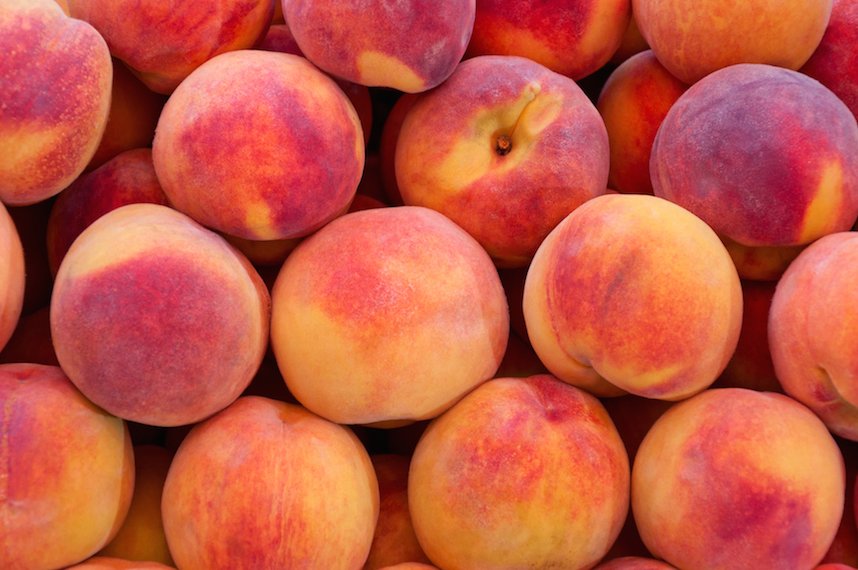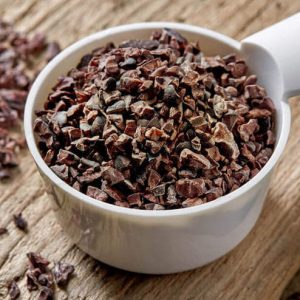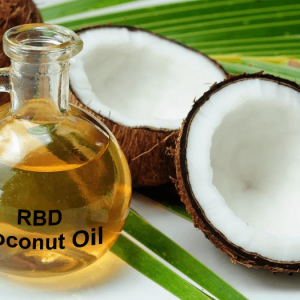8 Amazing Health Benefits of Peaches
The health benefits of peaches should not be ignored. These fuzzy globes of deliciousness help nourish your body and protect against cancer, aid in weight loss and heal the heart!
It is important to purchase organic peaches because conventional peaches are sprayed with nasty pesticides and herbicides which will eradicate any beneficial components in the peach. Read on to learn about the 8 incredible benefits of the amazing peach!
8 Amazing Health Benefits of Peaches
Eye Health
Peaches are a great source of beta carotene (a compound that is converted to vitamin A in the body, and which is crucial to the health of our retinas). Individuals with sight problems are often deficient in beta carotene, so consuming peaches will help up your beta carotene levels and nourish the health of your eyes. This compound also helps prevent night blindness and age-related macular degeneration.
Protection Against Toxins
Peaches are a great way to cleanse out toxins from your colon, kidneys, stomach and liver. The high fibre content pushes out any toxic excess waste matter from your colon, and helps protect against colon cancer. Peaches are also rich in potassium which reduces kidney related diseases and reduces your chance of developing ulcers.
Aids in Weight Loss
Including lots of fresh ripe juicy fruit in your diet is a great way to help control your hunger and lose weight. Peaches contain natural fruit sugars, so they do not raise your blood sugar or insulin levels (only processed sugary foods do this – refined & artificial sugars which deposit as fat in your body). The sweetness of this fruit also controls any food cravings you may have, so it is a win-win situation!
Fights Cancer
Peaches are incredibly high in antioxidants. Particularly, they contain an antioxidant called chlorogenic acid (concentrated in the skin and flesh of the peach) which is known to protect the body from cancer and other chronic diseases. This antioxidant is also responsible for reducing inflammation in the body (helping those suffering from arthritis) and helps slow the aging process.
Cardiovascular Health
Peaches are high in iron and vitamin K which are two important substances for keeping the heart healthy. Vitamin K prevents the blood from clotting and protects against a myriad of heart diseases. Iron keeps the blood healthy and strong and prevents against iron-deficiency anemia. The lycopene and lutein in peaches also significantly reduce your risk of developing heart disease. Do your cardiovascular system a favour and go eat some peaches!
Kidney Cleansing
The potassium in peaches are great for reducing kidney related diseases and helps to cleanse your bladder. The concentration of potassium and other vitamins in this amazing little fruit allows your body to maintain normal kidney and liver function. Eating peaches will help prevent nephritis and a variety of other kidney diseases as well as help eliminate kidney stones.
Skin Health
The levels of vitamin C in peaches are very high! Vitamin C is an essential ingredient that benefits the youthfulness of our skin (and also helps keep our immune system high!). Peaches help slow the aging process so they reduce the formation of fine lines and wrinkles on the skin (thanks to the antioxidants like vitamin C and chlorogenic acid). Rubbing some peach on your skin as a temporary mask is another great way to slough away dead skin and to allow the peach enzymes to nourish and refreshen your skin.
Antioxidants
As we have seen throughout the previous seven points, peaches are very high in antioxidants, ranging from lycopene to vitamin C to chlorogenic acid. All of these antioxidants serve to keep your body healthy and in tip-top shape. Antioxidants help scavenge free radicals in the body which would normally cause life-threatening diseases and illnesses like cancer, auto-immune diseases and a variety of other illnesses. Providing your body with a diet rich in seasonally-ripe fruit is the best way to ensure you are getting more than enough antioxidants.
Reader Interactions
Trackbacks
- […] is peach season now, so that means higher nutrient value and better flavour. Plus, the health benefits of peaches make this smoothie a major power-house and total-body […]
- […] Click here to read more on “8 Amazing Health Benefits of Peaches” by Carly Fraser […]
- […] the fruit is loaded with fibre (keeps you regular!) and the fruit itself is loaded with pretty much every vitamin, as well as potassium and antioxidants. All these lead to healthy skin, eyes, weight and […]








Comments